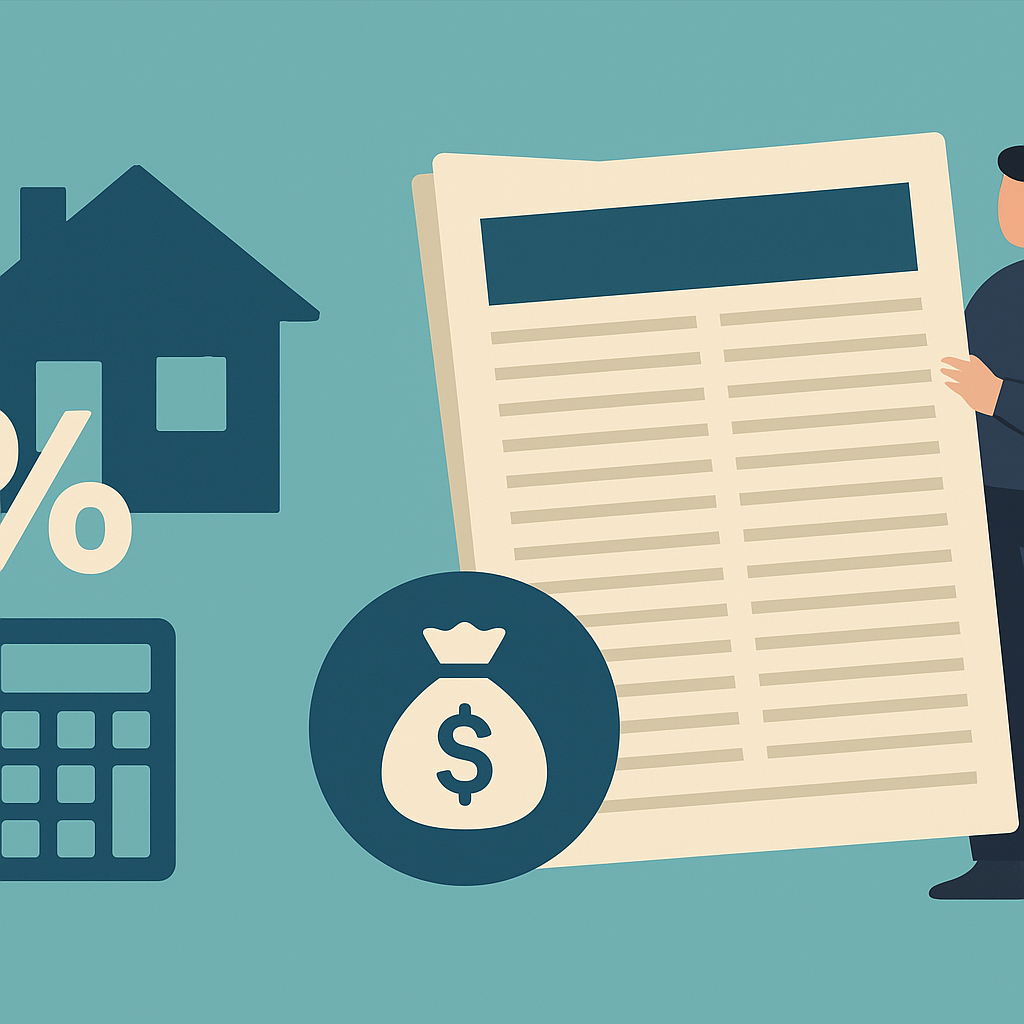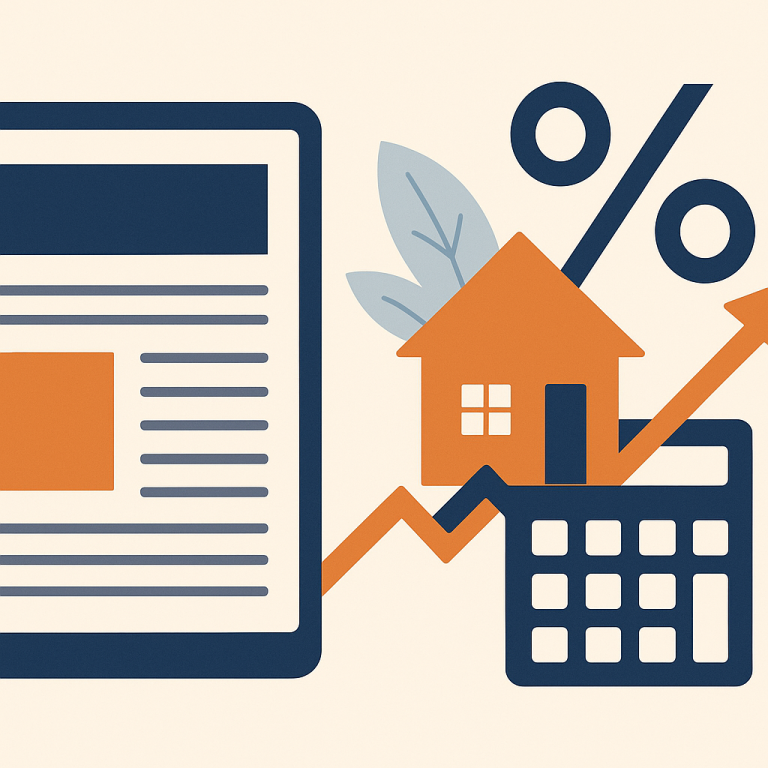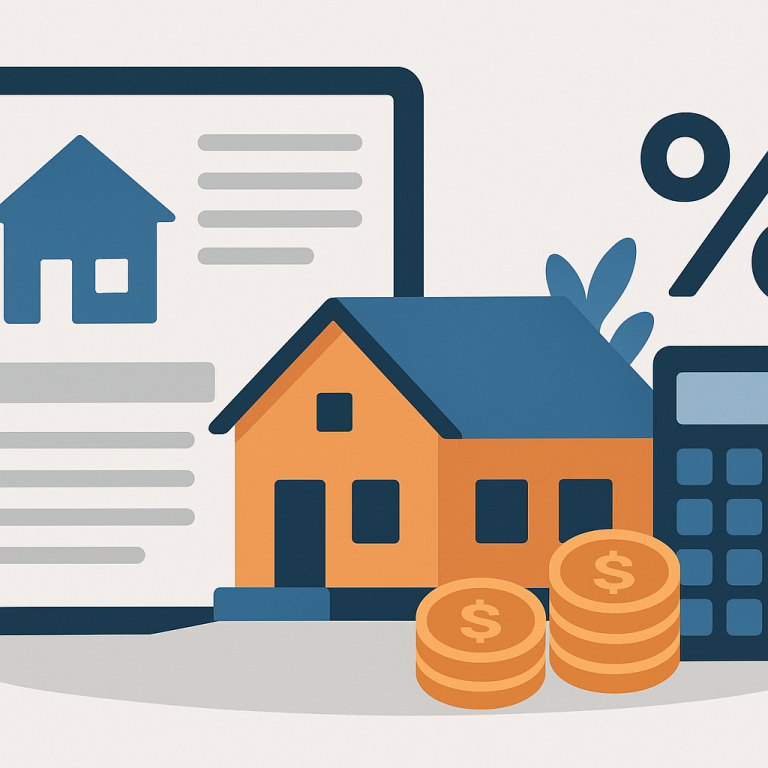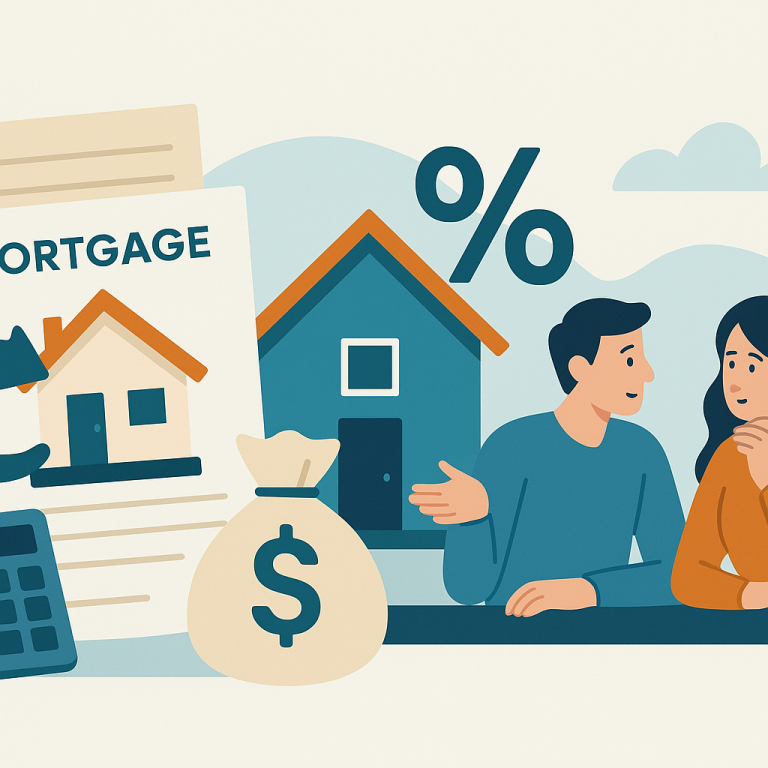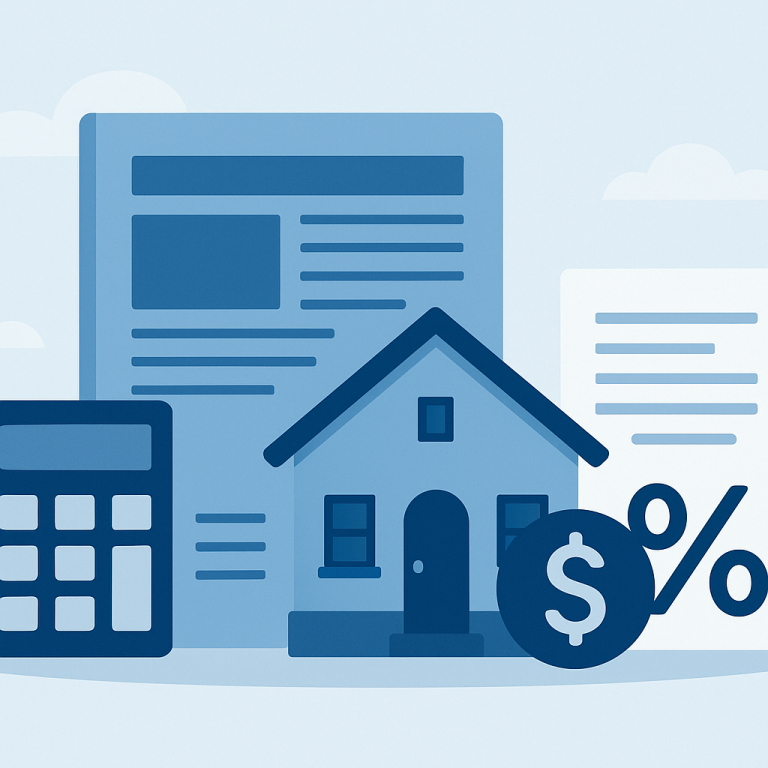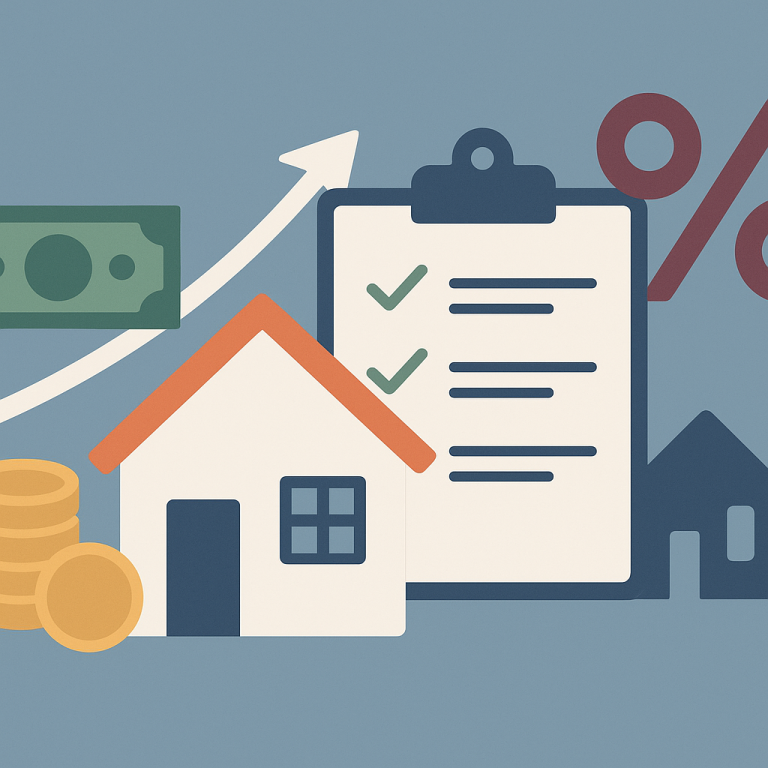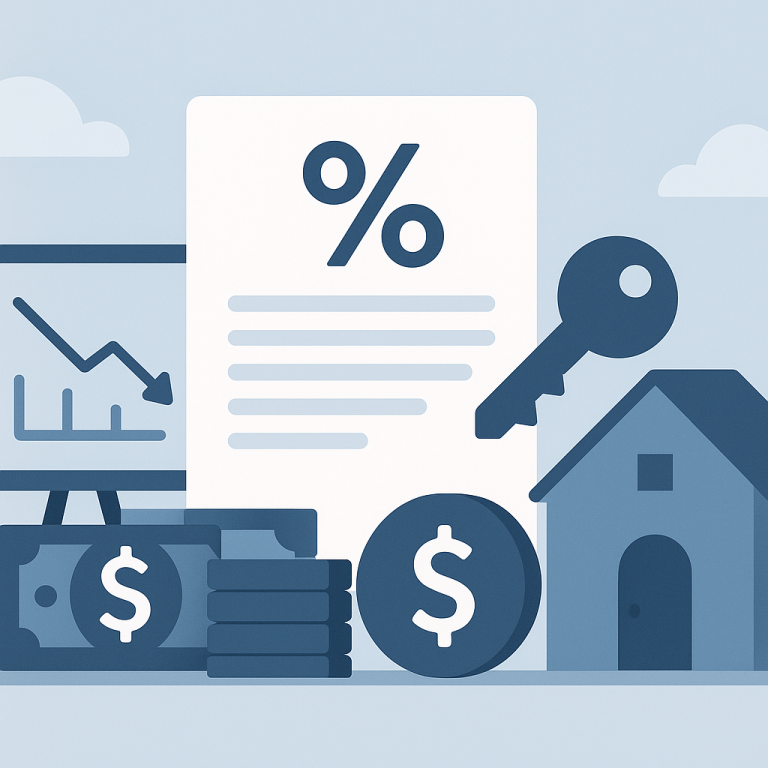Major Lenders Raise Mortgage Refinance Origination Fees 25 Basis Points, Reducing Savings
At a glance: Higher refinance fees and closing costs and how it could affect refinancing decisions.
Lenders have raised refinance origination fees, pushing up closing costs and lengthening breakeven timelines for many borrowers.
What Higher Refinance Fees Mean for Borrowers
Refinancing interest from homeowners is rising as mortgage rates show modest moderation and home equity remains broadly elevated. Lenders and brokers report increasing inquiries from borrowers seeking to either shorten loan terms, reduce monthly payments, or tap home equity. The current pattern reflects a recalibration of priorities: many borrowers who delayed action during rate volatility are reassessing whether refinancing now can meet long-term financial goals.
The market backdrop is a critical factor. After a period of sharp rate movements, mortgage yields have settled into a narrower range, prompting some homeowners to revisit refinancing equations they had previously shelved. At the same time, home price trends in many areas mean borrowers who bought or refinanced recently often still have cumulative equity to access without reaching into significant additional risk.
Two refinance types dominate current demand. Rate-and-term refinances appeal to borrowers focused on lowering their interest expense or shortening the remaining term of the loan, while cash-out refinances attract borrowers looking to consolidate higher-interest debt, fund home improvements, or create liquidity for other priorities. Lenders note that the choice increasingly depends on borrowers’ tolerance for closing costs and how long they plan to remain in the home.
Operational and lender-side changes
Operational changes among lenders are also shaping patterns. Many mortgage originators have streamlined online prequalification and increased use of automated underwriting to speed decisions, making it easier for borrowers to compare offers quickly. At the same time, some lenders have tightened or clarified documentation and appraisal requirements, particularly for higher loan-to-value transactions, reflecting broader risk-management priorities.
These adjustments can affect turnaround times and the cost-benefit calculation for refinancing. Homeowners need to weigh a faster approval process against any potential changes in upfront fees or borrower responsibilities related to appraisals and income verification.
Homeowner takeaways
- Revisit your goals: Decide whether your priority is a lower monthly payment, a shorter loan term, or accessing equity. The best refinance option aligns with your financial horizon and spending plans.
- Run the math on break-even: Compare expected monthly savings to closing costs and estimate how long it will take to recoup those costs. If you plan to move or sell in the near term, savings may not justify the expense.
- Shop multiple offers: Lenders differ on fees, rate options, and add-on services. Getting several competitive quotes helps ensure you capture the best overall package for your situation.
- Factor in closing costs and credits: Some loans offer lender credits to offset closing costs in exchange for a slightly higher rate. Evaluate how that trade-off affects long-term interest paid.
- Consider appraisal and documentation requirements: Be prepared with recent income documentation and understand whether your refinance will require a full appraisal, as this can affect timing and cost.
- Protect the rate once decided: If you find a suitable rate, ask about rate-lock options to protect against renewed market volatility between application and closing.
As refinancing interest grows, the prudent homeowner will take a deliberate approach: clarify goals, compare offers, and model outcomes under realistic timelines. With modest rate moderation and generally solid equity positions, many borrowers now have viable options to improve monthly cash flow or accelerate mortgage payoff, but the right move depends on individual circumstances.
META: refinancing-trends-2025

